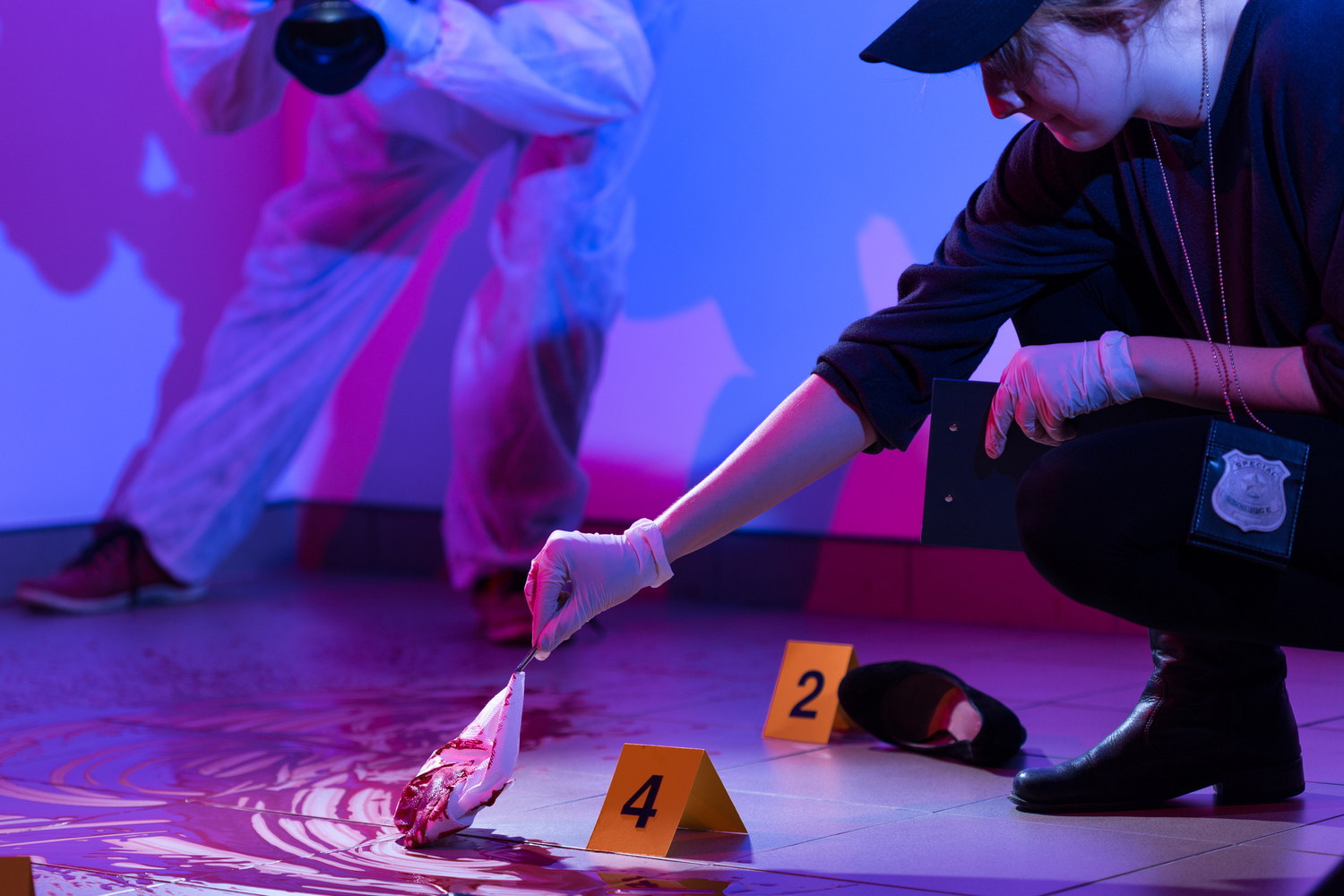True & Accurate Police Photography, Part 5:
Color and White Balance
Welcome back to our blog series on police photography. If you’re joining us for the first time, you can catch up by beginning with Part 1 of the series, here.
“They give us those nice bright colors
They give us the greens of summers
Makes you think all the world’s a sunny day”
Most people reading this probably don’t remember Paul Simon’s 1973 song Kodachrome. Fewer still will remember the film of the same name that was the choice for many professional photographers for nearly 75 years. Its rich, saturated colors made it National Geographic’s go-to for half a century.
Kodachrome produced stunningly beautiful images, but were they true and accurate, as we began talking about a couple weeks ago? It depends. Kodachrome captured razor sharp detail, but its dazzling colors often exceeded reality.
Digital photography offers a wide range of color saturation – from monochrome to vibrant – but that means colors may not be accurately represented. Color saturation can be adjusted on the camera via a menu selection. The “normal” or “standard” setting right out of the box produces richer, more vibrant colors than are actually present. This is the default setting in auto mode, which is yet another reason not to use this mode for forensic purposes.
Depending on the make and model of the camera you are using, the better choice for realistic color rendition is “neutral” or “faithful.”
Before worrying about color saturation, we need to understand how the camera renders color. Don’t worry, this isn’t going to involve a retreat into Bayer filters and math. We’re just going to discuss white balance.
Understanding color and white balance
White balance could just as easily be called color balance. The term refers to the proper rendition of colors within a particular lighting environment. The “white” part comes from our definition of white light, which we understand to be the combination of all color wavelengths. Our eyes are able to see white regardless of the light source (for reasons beyond the scope of this blog) and continually correct for changing conditions.
Our cameras are not able to reliably perform the same feat. They need a starting point – they need to know what white is. A camera’s auto white balance setting will only work reliably if there is something truly white in the scene. The programming will ensure proper color rendition if the scene is lit solely with midday sun or electronic flash.
Crime scenes don’t always contain white objects, nor are they always evenly lit by a single light source. Fluorescent lighting casts a green tint. Incandescent light casts a yellow tint. It may be necessary to “tell” the camera what white is by aligning its white balance with the primary light source in the scene. This can be accomplished in several ways. The easiest is to select one of the camera’s preset color and white balance settings. This tends to be sufficient for most forensic photography, especially is flash is used. The other methods involve taking a reading off a white card or measuring and entering the color temperature of the light source.
Does the order of photos matter in crime scene photography? Find out in part six of this 8-part series.
Looking for additional information on your camera settings, color and white balance? Want to sharpen your forensic photography skills? L-Tron offers a Forensic Photography Refresher course, geared towards escaping manual mode. For more information on our next course, visit: L-Tron.com/intro-forensic-photography-course
